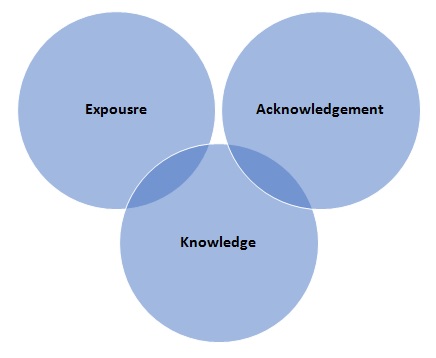5 Actionable Strategies For Teachers To Create An Anti-Racist Classroom Successfully
14th July 2022

Did you know 87% of Malaysian-Indian kids experience racism in schools?
Unfortunately, the sad reality is that there is a system of racial discrimination in education that has no equivalents in the modern world. We all are well-aware of how South Africa has faced a wide history of racial discrimination. The sad reality is that even Malay children also face this situation.
On the other hand, a recent survey disclosed that the majority of students said they didn't report such occurrences to their parents, teachers, school administration, or the police ever. The reason behind this was they believed that reporting such issues wouldn't have made a change. But then again, there were a few students who reported but revealed no inquiries or action was taken to address the discrimination they faced.
Hence, needless to say, teachers need to be Antiracist Educator. They have to create a safe and anti-racist classroom. Racism in any kind––interpersonal, organizational, institutional––is antithetical to education. It affects students, indorses mistruthsand damages learning surroundings.
Understanding the Anti-Racism Process
In general, anti-racism is an active procedure that needs a pledge to analyzing self, classifications, outlooks, philosophies, practices, and strategies to pull apart supremacy. Anti-racism is the development of unlearning racist thoughtsto make our communities impartial for all. It involves the active formation of practices as well asstrategies that encourage racial equity.
Multiple benefits of this approach are ---

Tips To Become An Antiracist Educator
Learning about racism along with its effects delivers a foundation for training anti-racism in the classroom. Becoming an anti-racist teacher also needs you to be aware of organizational and institutional racism in the education arrangement.
- Include a culturally responsive teaching approach. It is an asset-based methodfor student accomplishment, program, and education. Furthermore, culturally responsive classrooms are justice-oriented classrooms. If this process is well-executed with a purpose, is one practice that nurtures more equitable learning practices for all students.
- Talking about racism in a classroom is another excellent way. For example, a study of the Civil War reveals the history of slavery and its role in the battle. You can prepare yourself to speak with your students about race by first meeting their own distress and taking steps to address it! You can also identify your colleagues who can help you or even co-teach anti-racism trainings.
- No matter what subject you teach, history is very important. This helps you to make sense of how the current education system still has inequity. For example, you can explore The New York Times Magazine's 1619 Project that provides a comprehensive opportunity to learn and discuss history and race with colleagues as well as students.
- Provide enough opportunities for learners to engage in discussions on race, justice, and equity. However, schools generally do not teach students about race deliberately. The initial step is the courage to have these important discussions in a classroom. Maybe you can include TED Talks, YouTube videos and so on. Remember, conversations on race in your classroom need to be created in a way that inspires all students to learn about race.
- If you see racism, do something! To battle racism, consider how the academic resources, strategies, admissions, hiring, grouping, and behavior management practices at your school might be prejudiced. You must have the courage to act.
The Bottom Line
Regrettably, research suggests the lessons about racism cannot start too quickly. Students need to be aware of race when they are toddlers. Thus, experience with anti-racism lessons at an early age is critical. International Teaching Diploma program will prepare you to become more responsive with upgraded holistic teaching solutions. For change to occur, we need the next generation to be prepared with knowledge.






